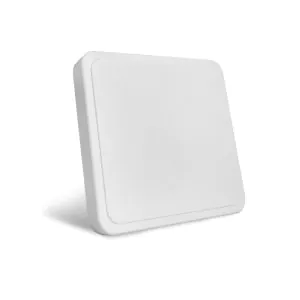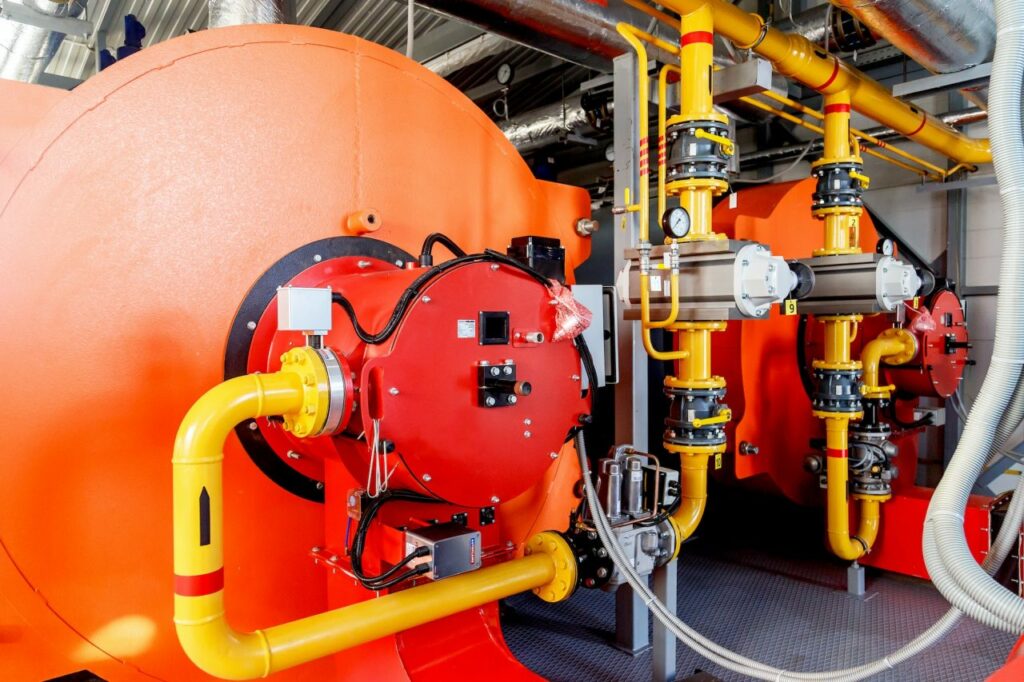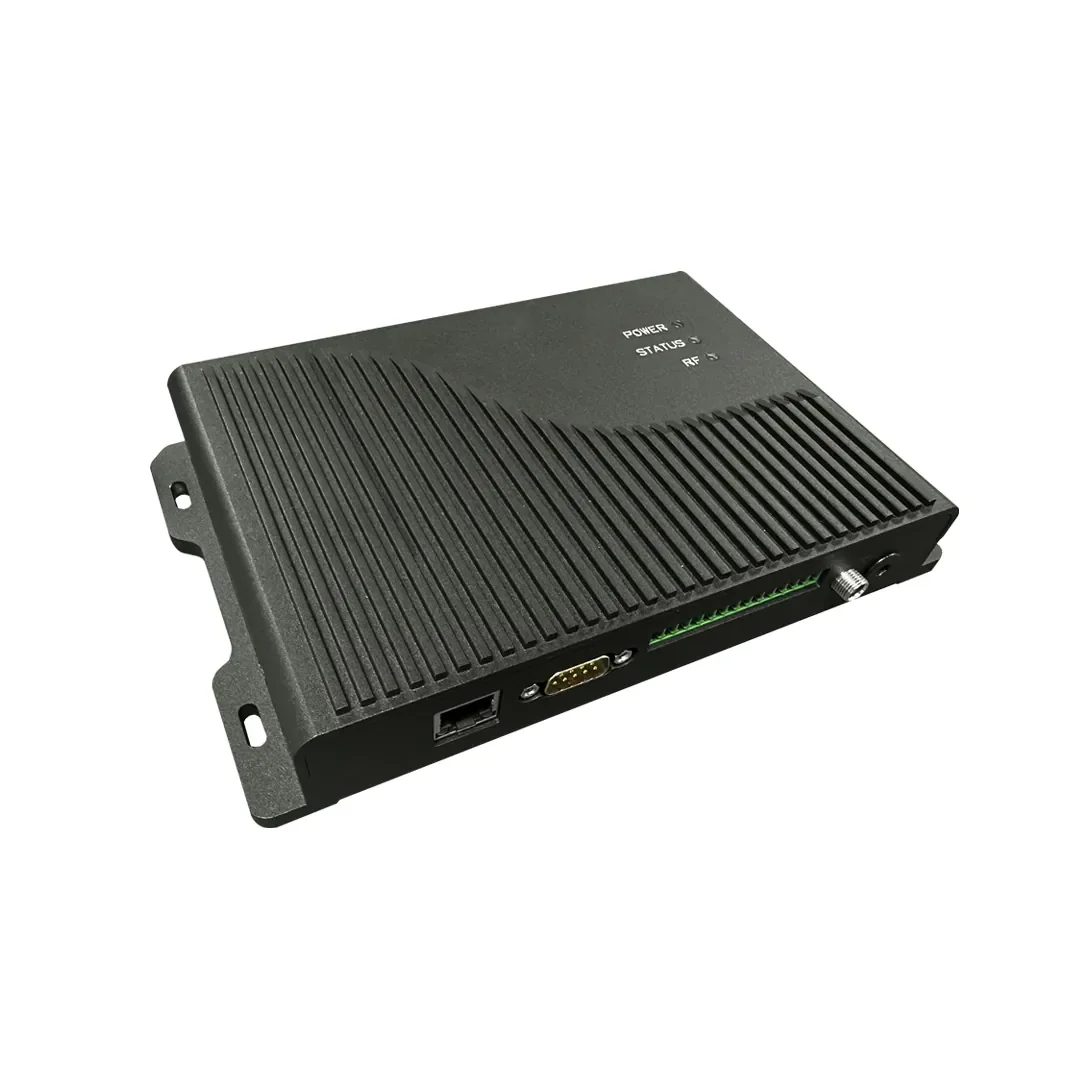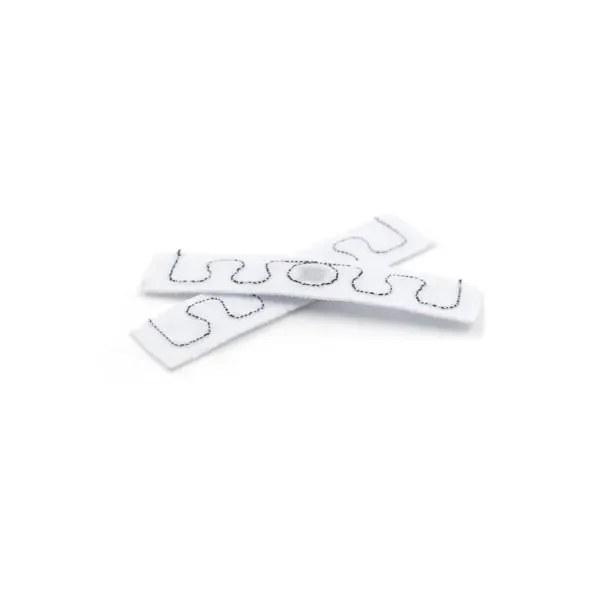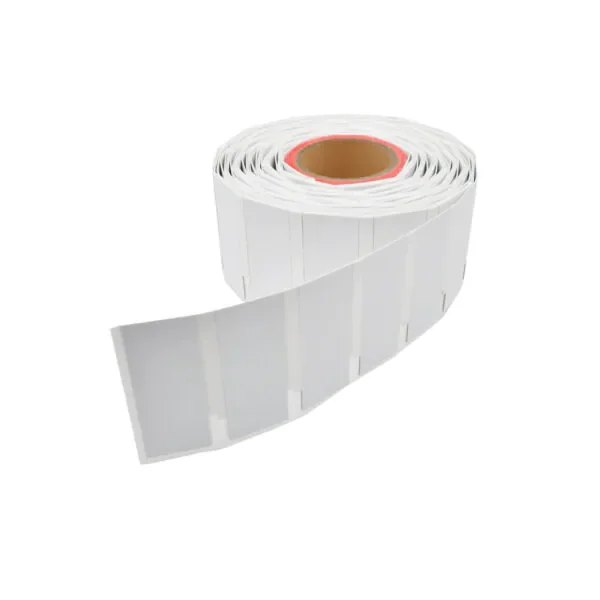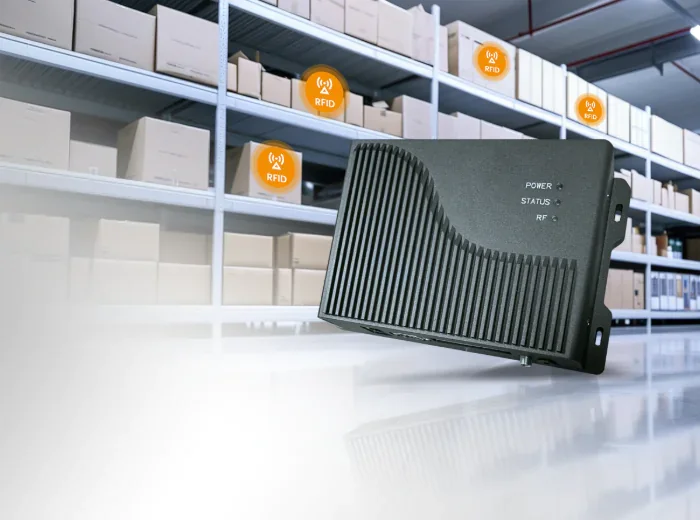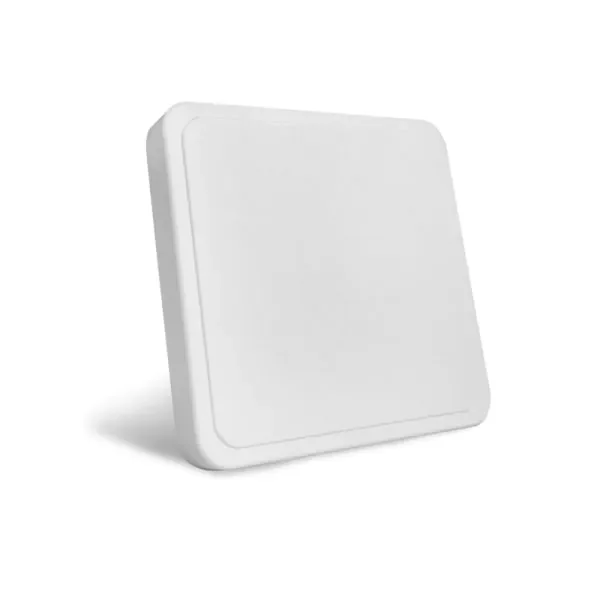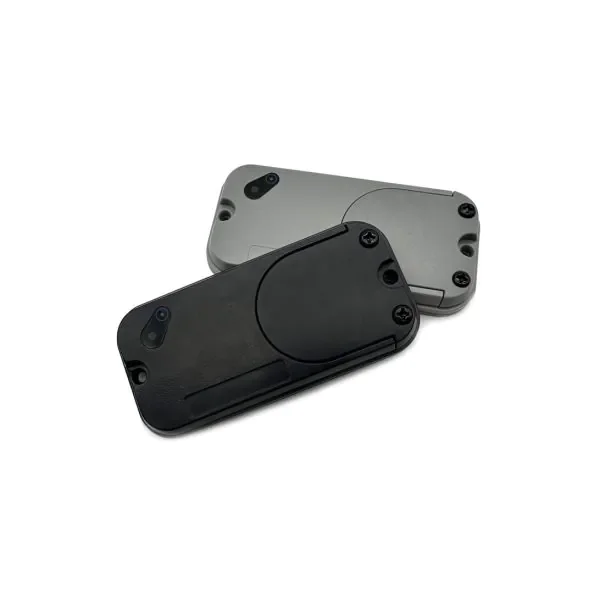Selecting the right RFID antenna is crucial for ensuring optimal read range, accuracy, and overall effectiveness of your RFID application. At RSTC, we understand that a well-chosen antenna can significantly enhance your system’s performance. Here are key factors for you to consider when selecting an RFID antenna.
Range and Coverage
One of the most critical aspects to consider is the range and coverage required for your application. You should assess how far you need to read tags and the type of environment in which you’ll be operating. Are you working indoors, where obstacles like walls and furniture may affect signal strength, or outdoors, where you may have a clearer line of sight? Identifying your specific needs will help you choose an RFID reader antenna that provides optimal coverage and reading distance, ensuring that you can capture the necessary data efficiently.
Durability
Durability is another important factor, especially if your RFID application operates in harsh environments. Do you require weatherproof or ruggedized antennas that can withstand extreme temperatures, moisture, or physical impact? For instance, if your operations involve outdoor logistics or industrial settings, selecting an antenna built to endure these conditions is essential. By investing in a durable RFID antenna, you can ensure longevity, reliability, and a reduced need for replacements or repairs, ultimately saving you time and money.
Connector Compatibility
When selecting an RFID antenna, it’s crucial to ensure that the antennas you consider are compatible with your reader’s connection type. Connector compatibility is vital for seamless integration and to avoid potential issues during installation. As one of the outstanding RFID antennas suppliers, we recommend verifying the specifications of both the RFID reader antenna and the reader itself to ensure a smooth and effective connection. This compatibility will help you avoid interruptions in your RFID system and maintain consistent performance.
Performance
The performance of an RFID antenna can significantly impact your application’s success. Look for antennas with high gain and low Voltage Standing Wave Ratio (VSWR), as these factors directly influence reading efficiency. A high-gain antenna captures signals from greater distances, while a low VSWR indicates better impedance matching, reducing signal loss and enhancing overall performance. Prioritizing these performance metrics will help you achieve better read rates and accuracy in your RFID operations.
Conclusion
By carefully considering these factors—range and coverage, durability, connector compatibility, and performance—you can select the best RFID antenna from RSTC for your application. Making an informed choice will ensure optimal performance, reliability, and cost-effectiveness, ultimately enhancing the effectiveness of your RFID system.

